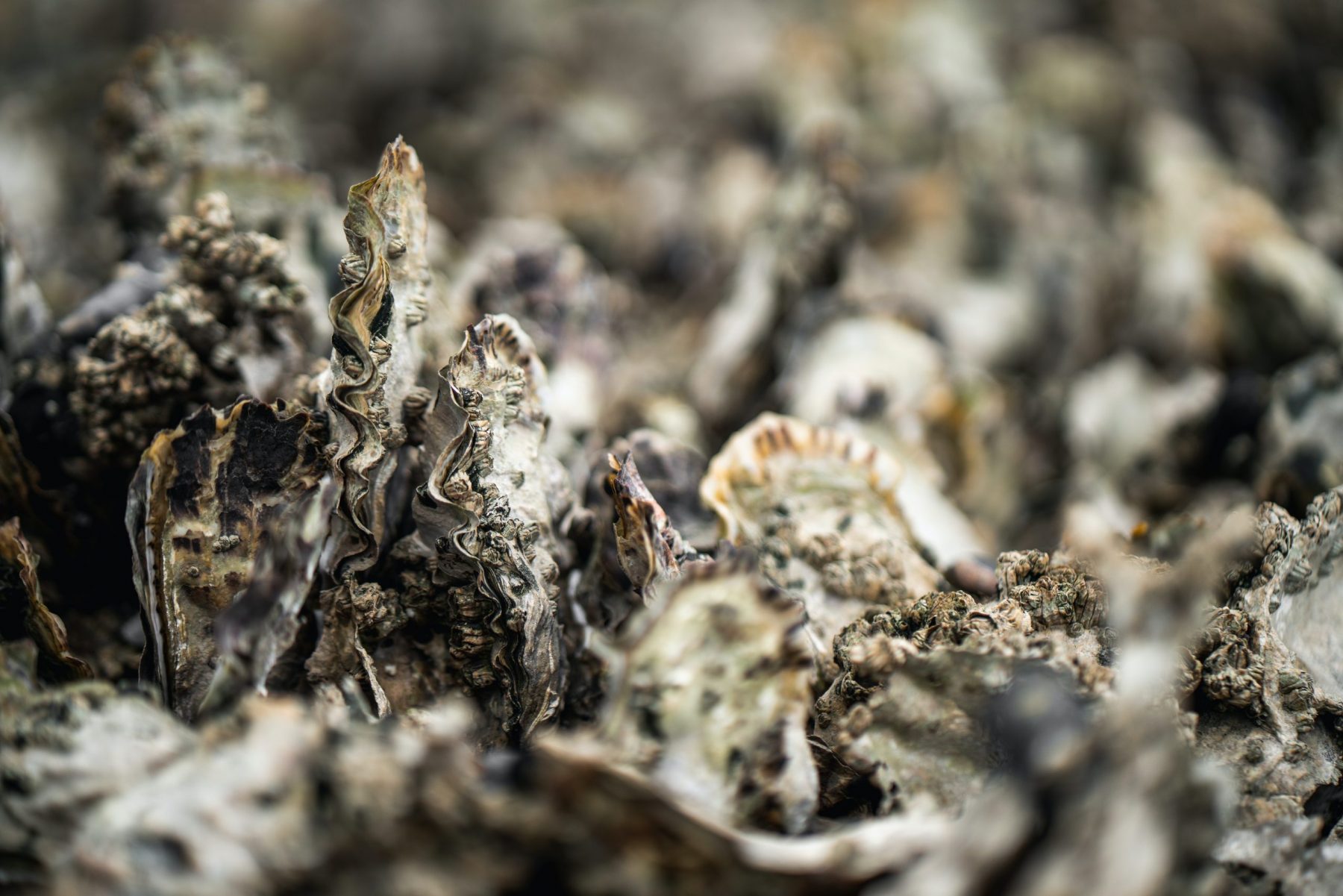Padilla-Gamiño Lab partners with NOAA NWFSC and local shellfish growers to examine impacts of stressors on oysters
Jacqueline Padilla-Gamiño, along with researchers from NOAA’s Northwest Fisheries Science Center and Baywater Shellfish Farms, will examine the impacts of stressors on shellfish as part of a new project funded by the NOAA Sea Grant and the Ocean Acidification Program.

Project description
Ocean warming, acidification, and hypoxia are increasing threats in the world’s coastal waters, with potentially severe consequences for marine organisms and ocean economies. Waters in the Northeast Pacific have naturally low pH values, making this region particularly vulnerable to the effects of acidification. While the Pacific Northwest region is a leading producer of farmed shellfish in the US, summer mortalities of Pacific oysters Crassostrea gigas are a growing concern for the shellfish industry. There is also an increasing concern that triploid (i.e., seedless) oysters are more sensitive to summer mortality events; this is problematic because in this region, triploids are preferred over diploids since triploids grow faster and diploids are less marketable during their summer spawning season. Previous work suggests that oyster mortalities are the result of stress associated with multiple stressors. However, not much is known about the mechanisms related to this mortality and the extent to which ploidy (number of chromosome copies) influences physiological tolerance. Researchers at the University of Washington and the Northwest Fisheries Science Center, and shellfish growers from Baywater Shellfish will collaborate to integrate oceanographic measurements, field work, and laboratory experiments to examine the physiological tolerance and survival of diploid and triploid oysters under multiple stressors. The natural variability of pH, temperature, and dissolved oxygen will be monitored on commercial farms and the influences of these conditions on the survival, gametogenesis and physiology of the farms’ diploid and triploid oysters will be examined. The effects of pH, temperature, and dissolved oxygen on oyster performance will also be assessed in a controlled, laboratory setting. Finally, a decision tool for growers will be developed by combining economic information with the data collected from the farm and laboratory experiments. This simple-to-use planning tool will help Puget Sound shellfish growers balance the risks and benefits of planting triploid oysters (that are marketable in summer) against the potentially higher mortality of triploids compared to diploids as a function of the multi-stressor environment.